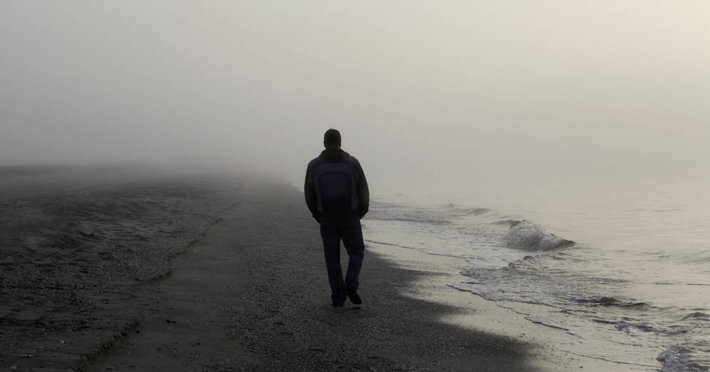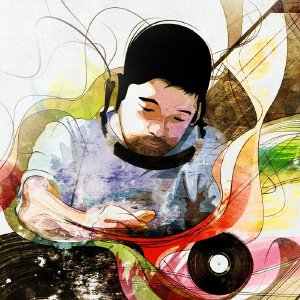The Danger Zones
Times your loved one is more likely to become addicted

To someone without a lot of experience, it can seem like addiction strikes randomly. Maybe it’s genetics or just chance—but someone who was sober and healthy one day steps across an invisible line and is on his way to addiction the next. If the right steps aren't taken to stop the progression of his compulsion to use drugs or consume alcohol, he could wind up losing everything he treasures in life. His children, marriage, job, reputation, self-respect, home—they could all be gone.
It could seem like it happens overnight but normally it takes a considerable time for drug use to slide into addiction and then for relationships to fail and valuables to be sacrificed. And there is always something that started this ball rolling.
What parents and other family members don’t know is that there are certain times in people’s lives when they are more likely to let drug use creep in and take up residence. By being alert for these moments, parents, especially, may be able to prevent their pre-teens, teens or young adults from reaching for drugs or alcohol. Of course, adults are not exempt from these Danger Zones either.
In general, these are moments of greater vulnerability or challenge that result in struggles that may go on and on. Drugs drown out the discomfort, replace the fears with false confidence or euphoric unconcern. Alcohol offers a party mood complete with illusory elation. But as millions of people have experienced, these solutions to life’s problems often end in train wrecks.
Danger Zones families and friends should watch for.
1. Severe changes in life
Moving across the country for family or career reasons is never easy and for some people, is downright traumatic. Until a person gets established in the new area, loneliness and fear may motivate them to self-medicate.
2. Losses
The loss of a loved one or even a treasured memento or possession can impact people so much that they feel they need the solace of alcohol or drugs. Many people struggle after a parent leaves home or dies and their drug abuse dates back to this time period.
3. Sports injuries
This is a common path to addiction for teenage or adult athletes. After an injury, a doctor sends the patient home with a 30-day supply of painkillers for a 5-day pain. The pain wears off but the patient realizes how much they like that warm, fuzzy feeling and they keep taking the pills. And sometimes, a sports injury ends the person’s dreams of an athletic career or medals. The disappointment can eat at them until they reach for the pills to drown the anguish.
4. Plastic surgery
Here too, a doctor may prescribe more pills than needed. And while plastic surgery improves the lives of many people, if a person chooses plastic surgery because of a lack of confidence or introversion, painkillers taken after the surgery could become a comforting habit.
5. Performing or professional injuries
There are many types of performers and professionals who can suffer injuries requiring physical therapy or surgery. Some of these injuries may end the person’s career. Dancers, acrobats, dentists, chiropractors, musicians, massage therapists, personal trainers, even sign language translators are prone to injuries. Painkillers may be offered before and after surgery or physical therapy.
6. Business or career setbacks
When a business fails or important clients are lost, it can be shattering. When someone else gets the deal or the role or the contract, some people take a long time to pull out of the loss. In that interim, drugs or alcohol may be chosen to provide comfort.
Recognizing an Executive Who Is Addicted to Drugs
7. Abuse
Physical, mental or sexual abuse have set many people on the road to addiction. Unfortunately, this abuse is often concealed for years. When it comes to light, many people need extra support to help them back to health and lead them away from drug abuse.
How to Deal with Danger Zones
If you have a loved one in one of these Danger Zones, ensuring they pass through it and into a better state is challenging. But seeing a person through an addiction and back to sobriety is much, much harder, more expensive and more time consuming.
When you note a loved one struggling with one of these situations, you must do your best to detect and/or prevent the use of drugs or alcohol to cover up the pain. If there are painkillers, count them and keep a record of how many are used. If the injured person is a teen, control every single pill yourself. If this seems inconvenient, remind yourself how difficult it would be to rehabilitate them after a little “comfort” turns into addiction.
If you see a loved one struggle with a move or a setback, there’s no substitute for care, attention and communication. The more you can make sure they have support as often as they need it, the more successful they may be adjusting to the new situation. Do they attend church? Could you attend with them? Could you call on their friends to check in often and provide support and just plain fun?
A career-ending injury is a monumental setback. Could you help them find career counseling or, at the right time, have a few conversations about other passions they could get involved in? It’s smart to be very alert for any signs of drug abuse, such as lots of doctor visits or new pill bottles or paraphernalia.
Sometimes, volunteering helps a person see that others are struggling far more than they are. Perhaps you could take the person to volunteer with you to help children or older people. There are many websites that offer volunteering opportunities and some do not require any commitment more than a few hours.
There are times when a person should simply not be left alone, such as after the death of a loved one, especially if they have chosen to use drugs or drink excessively in the past. Friends and family rallying around this individual during this difficult time could save his life.
Dealing with one of these Danger Zones is never easy, but it is the kindest, most caring act you can perform for another person. And it could literally be a life-saver for them.


